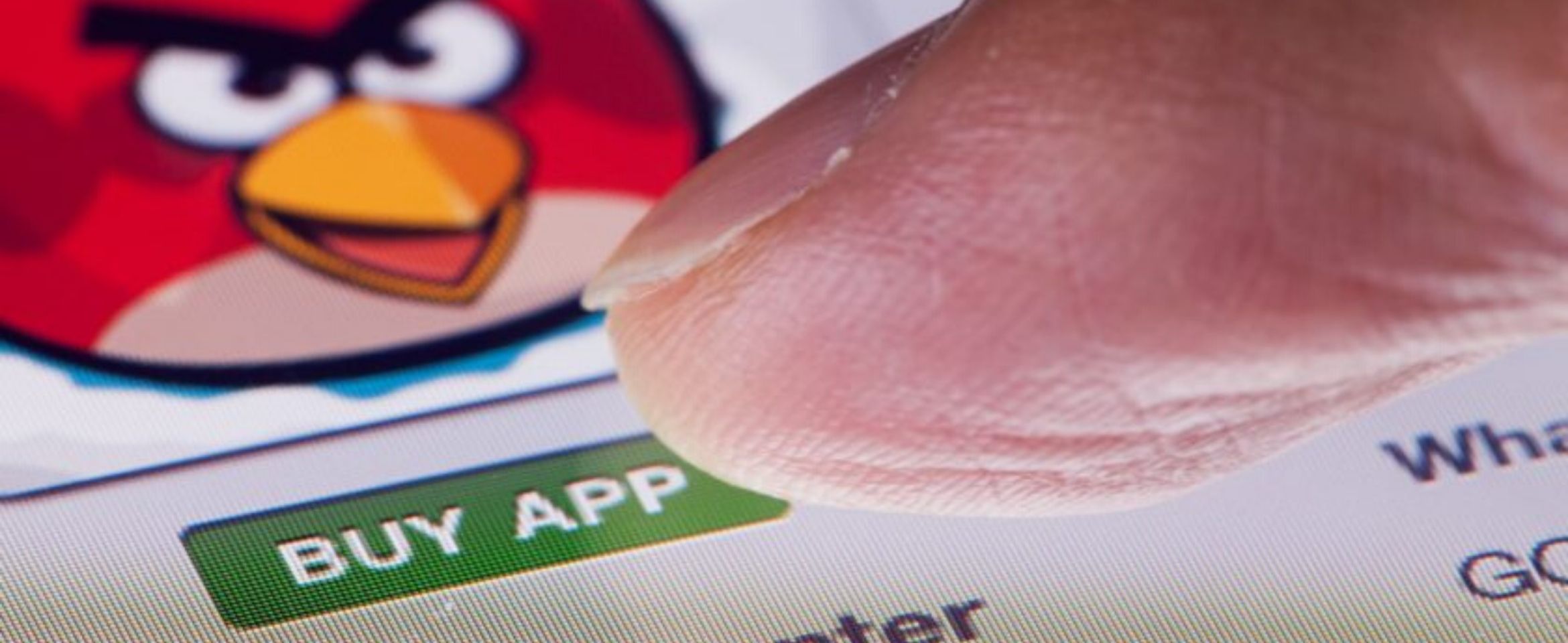Mobile app is a reliable, direct and quick way to reach your audience. The problem is that the internet’s littered with thousands of mobile apps. In terms of advertising, successfully promoting an app requires a specific marketing strategy. The aim: to get people to download and use the app in question. So, to help you gain precious time, we’ve put together 9 essential tips and tricks.
Before launching the app
Choose an appropriate business model
Don’t try to sell your app if people have never heard of you! Go for a freemium business model or a subscription with free trial option (without asking customers to provide bank card details). There’s nothing worse than expecting people to ‘pay to view’. You should first seduce potential customers and convince them that your app is indispensable. The next step is to promote a premium version while keeping a free version available if necessary.
If you set up advertising partnerships in order to finance your app, you’ll need to find a happy medium if you don’t want to put people off your product. Ads shouldn’t be intrusive or slow down the app and they should also be relevant to your target audience. And make sure you comply with the latest changes to the General Data Protection Regulation law (GDPR).
Finally, if your app is designed to generate further business via your website or is part of a digital ecosystem that’s already in use, make sure that you have seamless order/payment/account opening processes in place. The idea is to create a user experience that’s smooth and hurdle-free. For example, don’t ask a client who’s already signed up to your website to create a second account for the app.
Design matters
Your app needs to look good, be easy to use and provide an enjoyable user experience. In other words, the design and UI of your app should enhance its functions. In order to create an impact, pay attention to smaller details such as your app’s logo. It needs to stand out from all the other icons that crowd people’s phones.
Think about people who may have problems visualizing your app by using contrasting colors or zoom features.
Finally, keep your interface simple and fully test it out – you may think its awesome and intuitive, but what about everyone else?
Test your mobile app’s quality
Your app must be glitch-free Extensive quality control tests are essential and must be done on all devices and OS. It is something that can be tricky when it comes to Android, which is known to have fragmentation issues.
Download speed, starting speed, portrait and landscape mode on all screen sizes, battery use, data entry… define and thoroughly test any critical issues. Even if iterative development is an effective way to speed things up, users just want an app that works well, without worrying about what’s going on in the background.
When you’re ready to launch the app
Spread the word
Whether you do it in-store or via your website, social media and sales team, use all of your existing channels to announce and promote your new app. An omnichannel approach is essential, as the idea is to reach as many people as possible.
You can also draw on your database to encourage your existing customers to download apps (email marketing campaign, SMS’s with a download link included etc.) Finally, direct links to Google Play Store and App Store with your email signatures, on your landing pages or partner sites (affiliates, cashback sites, partners, price comparison sites etc.) are also useful levers that you can exploit. Each of these links need to have a specific URL that uses UTM tags in order to precisely measure how well each one performs in terms of increasing traffic.
Boost your aso
You know about SEO? Time to focus on ASO. ASO stands for app store optimization. ASO is a marketing technique designed to improve an app’s visibility on its official marketplaces. The idea is to find effective keywords so that descriptions aren’t generic and, therefore, lost among the competition. The title, category, and app description are just of the items that you can tweak. They should be instructive and create an impact. They can be used as an elevator pitch to pique the interest of potential customers who’ve never heard of your product. Pay attention to your visuals. Your screen grabs need to be contextualized to encourage viewers to find out more and download the app. You can also exploit app stores’ advertising options so that your app appears at the top of search lists, according to the keywords entered.
Invest in good content
Whether you’re marketing content is organic/natural, sponsored via influencers, SMA or SEA, the more pertinent your content, the more likely it is to be seen. Launching a mobile app is like launching any new product: it needs to be known and benefit from a 360° marketing plan to ensure an optimal ROI.
Invest in some guest-blogging, ask influencers to test the app, produce promotional videos, try online advertising etc.
Post-launch
Encourage users to leave reviews
Nowadays all services and products are rated and evaluated. And mobile apps are no exception: higher scores, pertinent and useful comments will create a virtual circle, meaning more people are likely to download the app.
To create the necessary buzz, you should encourage your customers to leave a review. In-app notifications, emailers, a fun rating system, a rewards program, chatbots… Encourage your customers to leave a review – without, of course, making them feel obliged or pressured to do so!
Use your affiliates
Affiliates or partner sites can produce reviews that are open and honest. To get such reviews, you can mount performance-based advertising campaigns. Give your affiliates media kits that include app-arguments, visuals, and key features. Depending on your chosen business model, these can then be re-distributed according to the number of downloads and/or in-app purchases, as well as subscriptions.
Monitor your KPI
Product performances are hard to measure if you don’t have a dashboard. And, once again, apps are no exception to the rule. Click rate, download rate, marketplace comparisons, retention rate, user rate… All of your metrics should be frequently analyzed.
Doing so means you’ll know which levers to pull in, so as to improve your ROI and implement effective strategies to increase your app’s download rate.
Competition between mobile apps is so stiff that’s there’s little room for error. Some mobile apps have blasted onto the scene to much fanfare, but they’ve also disappeared from view just a quickly. Your best bet is to use a strategic, rational, long-term approach if you want your app to have a long-term shelf life.
Our team of experts can tell you more about effective mobile app campaigns, so don’t hesitate to get in touch!
 Join Kwanko
Join Kwanko  Program Directory
Program Directory  Who is Kwanko
Who is Kwanko  History
History  Careers
Careers  Kwanko Academy
Kwanko Academy  News
News  Case Studies
Case Studies  Strategy and commitment
Strategy and commitment  Social Responsability
Social Responsability  Gender Equality
Gender Equality  Our Environmental Charter
Our Environmental Charter  Our Ethical Charter
Our Ethical Charter  Our responsible purchasing policy
Our responsible purchasing policy  Certifications and Publications
Certifications and Publications 


 Publishers
Publishers Advertisers
Advertisers About Us
About Us  Academy
Academy 













